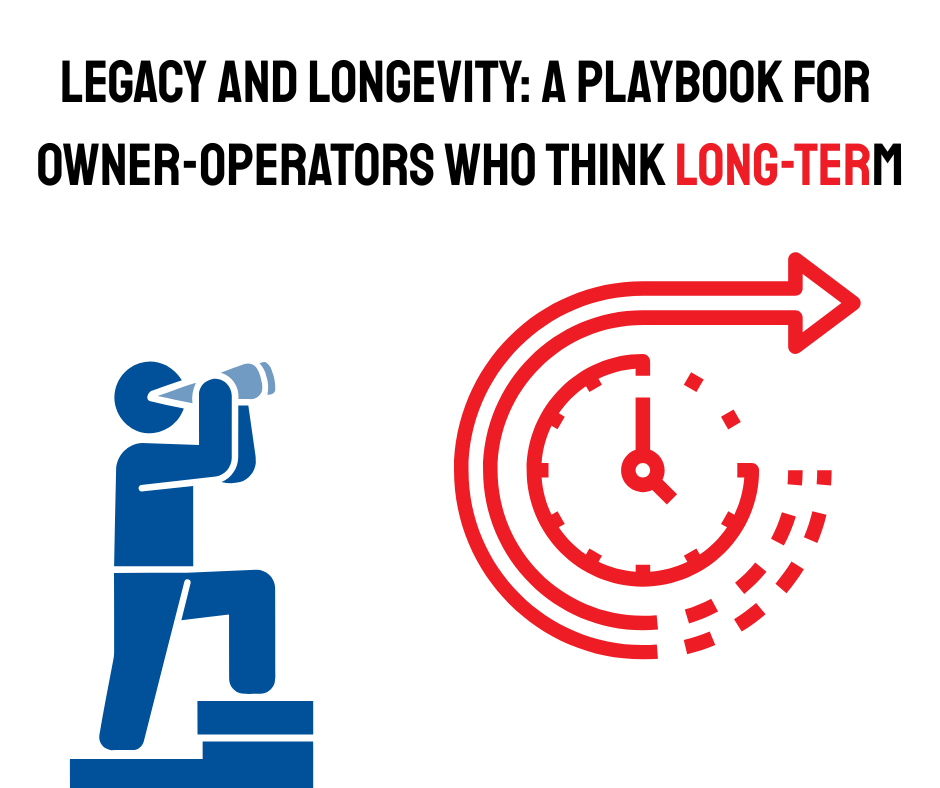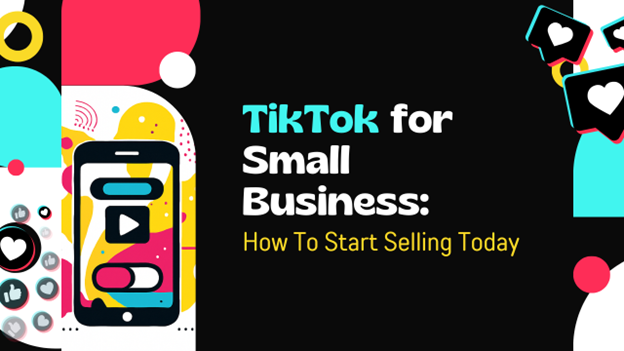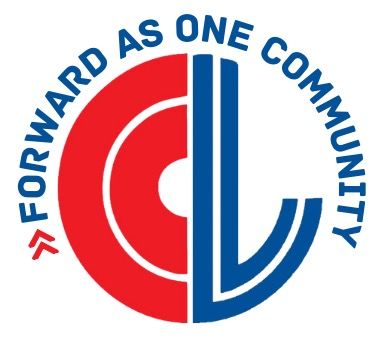Supercharge Your Small Business Growth with Smart Acquisitions
- Acquisitions can quickly grow small businesses by opening up new markets, bringing in new customers, and getting ahead of competitors.
- It's vital to thoroughly assess the value of a business you want to acquire. This means digging into its assets, debts, and standing in the market.
- Acquiring another business comes with legal hurdles. It's wise to get expert advice to navigate through the process smoothly, including working out the deal's details and handling permits.
- After buying a business, merging it successfully requires careful planning. Focus on the staff, tech, and how you talk to customers to keep everyone happy and loyal.
- It's also important to handle any cultural differences and make sure key staff stick around. This helps keep the business valuable and running smoothly after the merger.
697 words ~ 3.5 min. read
In the quest for growth, small business owners and entrepreneurs often focus on organic strategies like marketing, sales, and product development. But there's another powerful strategy that can catapult your business to the next level—acquisitions. This article will walk you through the ins and outs of business acquisitions as a small business growth strategy. You'll learn how to identify potential targets, assess their value, finance your acquisition, and successfully integrate the new business into your existing operations.
Why Consider Acquisitions?
Acquiring another business may seem daunting, but it offers compelling benefits. It provides immediate access to new markets and customers, allowing you to inherit an entire customer base overnight. Additionally, acquisitions can diversify your product or service offerings, enhancing resilience against market fluctuations. They can also eliminate competitors, increasing your market share. To identify potential targets, look for businesses that complement your operations, like a coffee shop for a bakery. Use industry reports and networking to find opportunities that add value to your business.
Evaluating the Value of a Target
Identifying a potential acquisition target requires evaluating its value beyond financial statements. A comprehensive due diligence process examining assets, liabilities, customer base, and market position is crucial. Consider a professional valuation for an accurate business worth. Financing challenges include options like bank loans, seller financing, and private investors, with SBA loans as a possibility for small businesses. Choosing the right financing option is essential for alignment with financial and growth goals.
Navigating the Legal Landscape
The legal aspects of business acquisition can be complex. Key considerations include negotiating the purchase agreement and transferring licenses and permits. Hiring an attorney with experience in business acquisitions can help you address these legalities effectively, ultimately preventing future disputes and ensuring a smooth transition.
Creating a Transition Plan
A detailed transition plan is essential for integrating the acquired business into your operations. Focus on key areas such as staffing, technology integration, and customer communication. The aim is to create a seamless experience for employees and customers, which is vital for maintaining morale and loyalty.
Retaining Key Employees
Human capital is one of the most valuable assets in an acquisition. To ensure stability, focus on retaining key employees from the acquired business. Offering competitive compensation and engaging in open communication will encourage these valuable team members to stay, bringing their experience and knowledge to the new organization.
Communicating with Customers
Transparent communication with customers during the acquisition process is crucial. Inform your existing customers about the acquisition and its implications for them. Additionally, reach out to customers of the acquired business to reassure them of continuity and highlight any expected improvements. Maintaining trust and loyalty during transitions is essential.
Leveraging New Market Opportunities
Acquiring another business provides access to new markets that can significantly boost revenue. Utilize this opportunity to cross-sell products or services to the new customer base. Conducting thorough market research can help you understand the needs of these new customers, allowing you to tailor your offerings effectively.
Enhancing Operational Efficiency
Acquisitions can lead to increased operational efficiency. By integrating resources, you can achieve economies of scale that lower costs and enhance profitability. Evaluate areas such as supply chain management, marketing, and administrative functions for potential integration to streamline processes and realize cost savings.
Managing Cultural Differences
Integrating an acquired business necessitates managing cultural differences. The culture of an organization significantly influences employee satisfaction and productivity. Take time to understand the culture of both businesses and work towards harmonizing them. Activities such as team-building and encouraging open dialogue can facilitate a unified corporate culture.
Monitoring and Measuring Success
To assess the success of the acquisition, establish clear objectives and track your progress through key performance indicators (KPIs) such as revenue growth and customer retention. Regularly reviewing these metrics ensures that the acquisition meets its expected benefits, allowing you to make adjustments as necessary.
The Takeaway
Acquisitions can serve as a powerful growth strategy for small businesses. By carefully identifying potential targets, evaluating their value, securing appropriate financing, and effectively integrating the new business, you can enhance growth and competitiveness. Whether your aim is to expand market reach, diversify offerings, or eliminate competition, acquisitions present the opportunity needed for greater success.
---
The Leavenworth-Lansing Area Chamber of Commerce is a private non-profit organization that aims to support the growth and development of local businesses and our regional economy. We strive to create content that not only educates but also fosters a sense of connection and collaboration among our readers. Join us as we explore topics such as economic development, networking opportunities, upcoming events, and success stories from our vibrant community. Our resources provide insights, advice, and news that are relevant to business owners, entrepreneurs, and community members alike. The Chamber has been granted license to publish this content provided by Chamber Today, a service of ChamberThink Strategies LLC.




